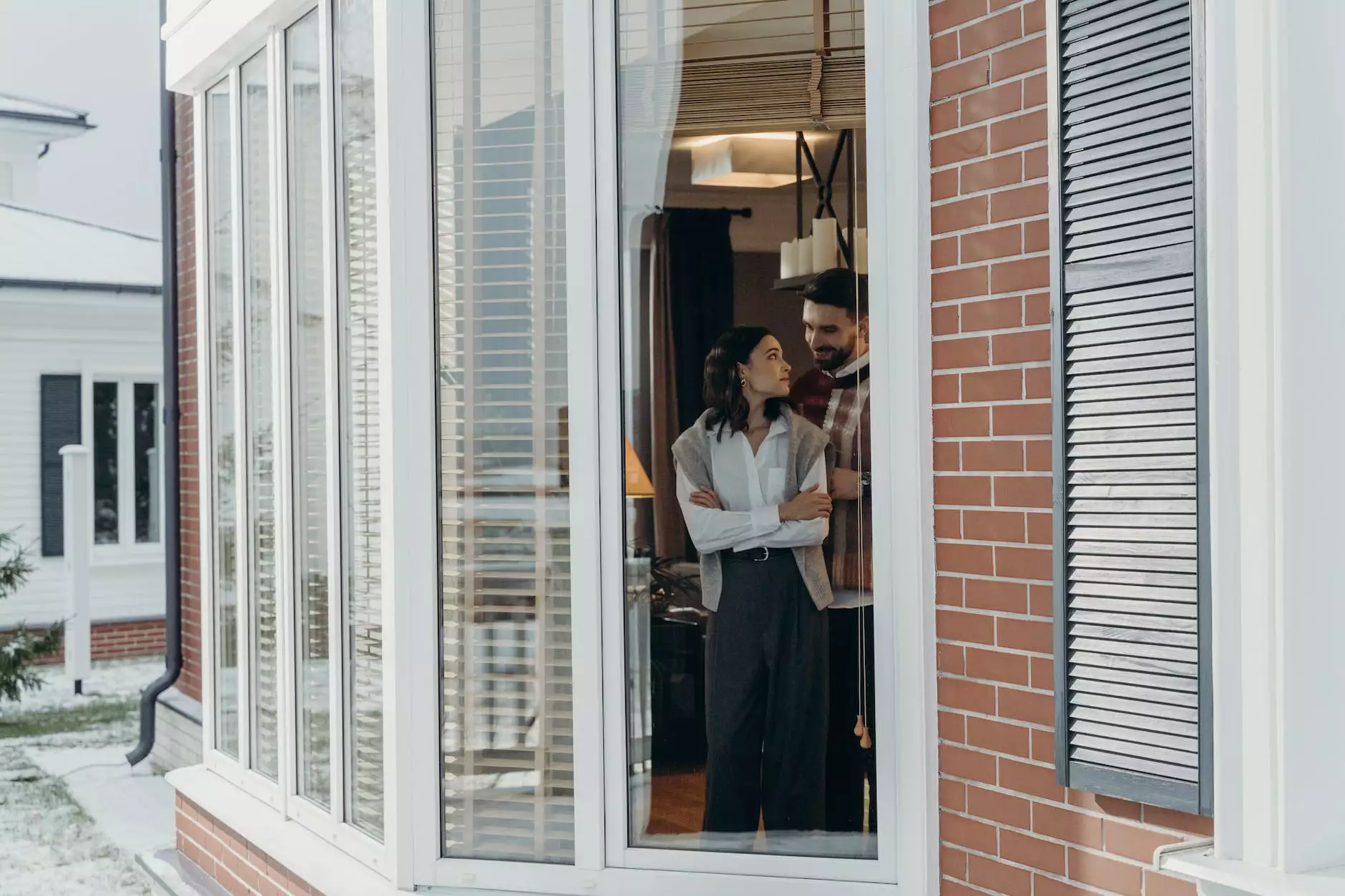Replace Siding on Your House: A Comprehensive Guide

When it comes to home improvement, replacing the siding on your house is one of the most impactful changes you can make. Not only does new siding enhance your home's aesthetic appeal, but it also improves energy efficiency and increases property value. In this guide, we will explore the various aspects of siding replacement to help you make informed decisions about your home.
Why Replace Siding?
Over time, siding can become worn and damaged due to weather, pests, and natural wear and tear. Here are several reasons why you should consider replacing the siding on your house:
- Enhanced Curb Appeal: New siding can completely transform the look of your home, making it more attractive and inviting.
- Energy Efficiency: Modern siding materials often provide better insulation than older siding, leading to reduced energy bills.
- Increased Home Value: Investing in quality siding can increase your property’s market value, making it more appealing to potential buyers.
- Protection from the Elements: Quality siding protects your home from moisture and other environmental factors, reducing the risk of mold and structural damage.
- Personalization: You can choose from a wide range of colors and materials to reflect your personal style and improve your home’s character.
Common Types of Siding Materials
When you decide to replace the siding on your house, choosing the right material is crucial. Here are some of the most popular siding options available:
1. Vinyl Siding
Vinyl siding is highly popular due to its affordability, durability, and low maintenance requirements. Available in numerous colors and styles, it's a great choice for homeowners looking for a cost-effective solution.
2. Wood Siding
Wood siding offers a classic and timeless look. It can be painted or stained to match your design preferences. However, wood siding requires more maintenance to prevent rot and insect damage.
3. Fiber Cement Siding
Fiber cement siding is known for its durability and resistance to weather extremes. This material mimics the appearance of wood but with much less maintenance, making it a popular choice for many homeowners.
4. Stucco Siding
Stucco provides a unique look, often found in southwestern and Mediterranean-style homes. It is durable and energy-efficient, but proper installation is critical to prevent moisture issues.
5. Metal Siding
Metal siding, including aluminum and steel, is highly durable and offers excellent protection against the elements. It's resistant to pests and doesn't warp or crack, making it a long-lasting choice.
Steps to Replace Siding
Now that you understand the types of siding materials, let's look at the step-by-step process of replacing siding on your house:
Step 1: Assess Your Current Siding
Before you start, evaluate the condition of your existing siding. Look for signs of damage, such as cracks, rot, or warping. This assessment will help determine whether a full replacement is necessary or if repairs are sufficient.
Step 2: Choose Your Siding Material
Based on your budget, style preferences, and the climate in your area, select the right siding material for your home. Each material offers different benefits and maintenance needs.
Step 3: Gather the Necessary Tools
To successfully replace siding, ensure you have all the necessary tools, including:
- Measuring tape
- Level
- Utility knife
- Hammer or nail gun
- Safety goggles
- Caulking gun
- Scaffolding or ladders if working at height
Step 4: Remove Old Siding
Carefully remove the existing siding by loosening nails and removing panels. Take care not to damage the underlying structure. Once the siding is removed, inspect the sheathing for any damage.
Step 5: Repair Sheathing and Insulation
If you find any damaged sheathing or insulation, repair or replace it before installing your new siding. Proper structural integrity is vital for long-lasting siding.
Step 6: Install Moisture Barrier
To protect your home from moisture, install a moisture barrier (house wrap) over the sheathing. This layer will help prevent water damage and improve energy efficiency.
Step 7: Install New Siding
Follow the manufacturer's instructions for installing your chosen siding. Ensure each panel fits snugly and is securely fastened to withstand all weather conditions.
Step 8: Finish with Trim and Caulk
Install any necessary trim around windows, doors, and corners. Use caulk to seal any gaps to enhance weather resistance and improve aesthetics.
Maintenance Tips for New Siding
Once you have completed your siding replacement, maintaining it is crucial for longevity. Here are some maintenance tips:
- Regular Cleaning: Clean your siding regularly to prevent dirt buildup and mildew. Use a soft brush and mild detergent.
- Inspect Annually: Check for signs of damage or wear each year. Early detection can prevent larger issues.
- Repaint as Needed: If you have wood siding, repaint or stain every few years to protect it from the elements.
- Seal Gaps: Regularly inspect caulk and joints, resealing them as necessary to maintain a moisture barrier.
Conclusion
Replacing the siding on your house is an excellent investment that enhances curb appeal, boosts energy efficiency, and increases your home's value. By understanding the various materials available and the necessary steps for replacement, you can effectively transform your home's exterior. For those considering this home improvement project, we recommend consulting with professionals at Gutter Service USA for expert advice and services in roofing and gutter services. With proper planning and maintenance, your new siding can provide lasting beauty and protection for years to come.
Call to Action
If you are ready to replace the siding on your house, contact Gutter Service USA today for a consultation! Our team of experts is ready to assist you with all your siding replacement needs, ensuring your home looks its best.
replace siding on house


